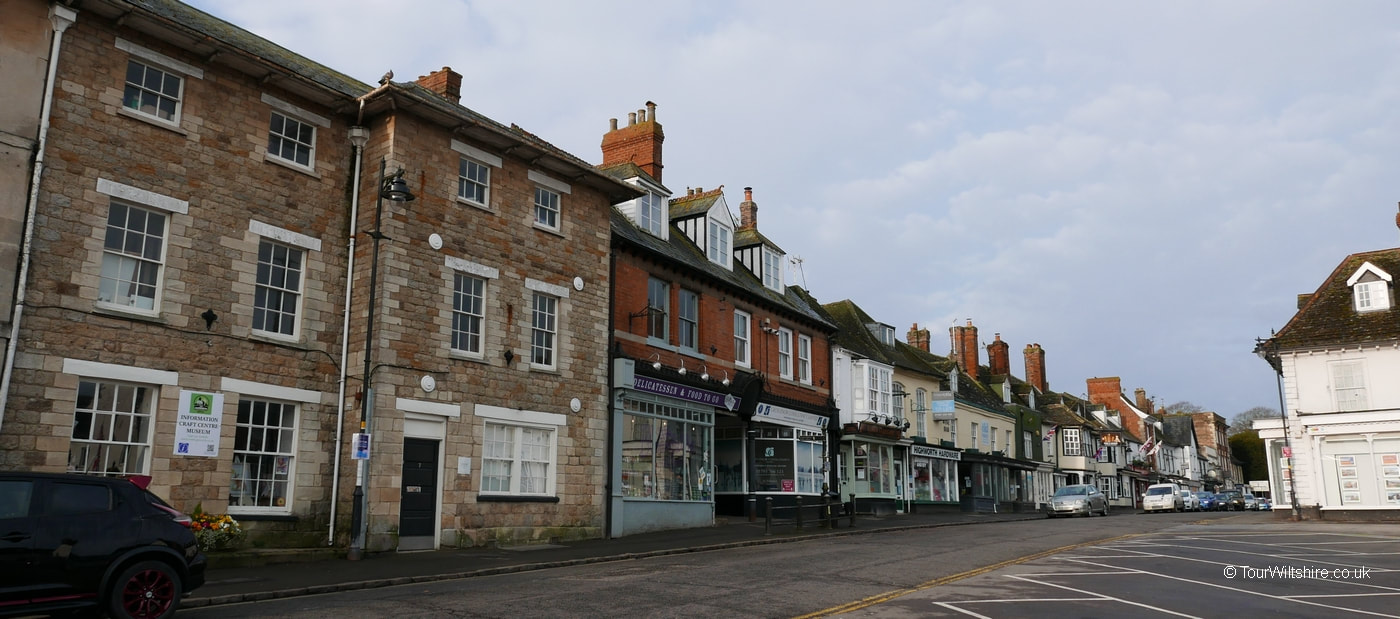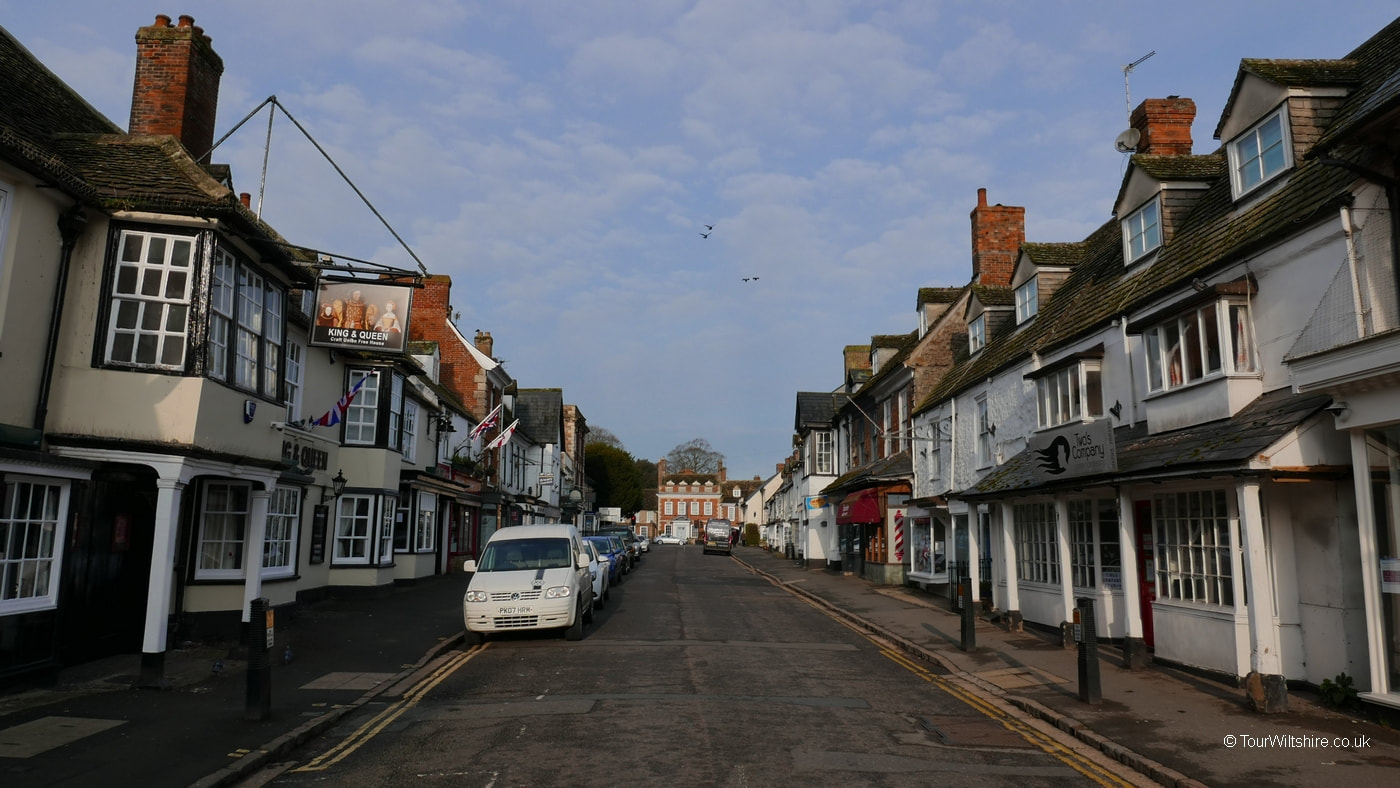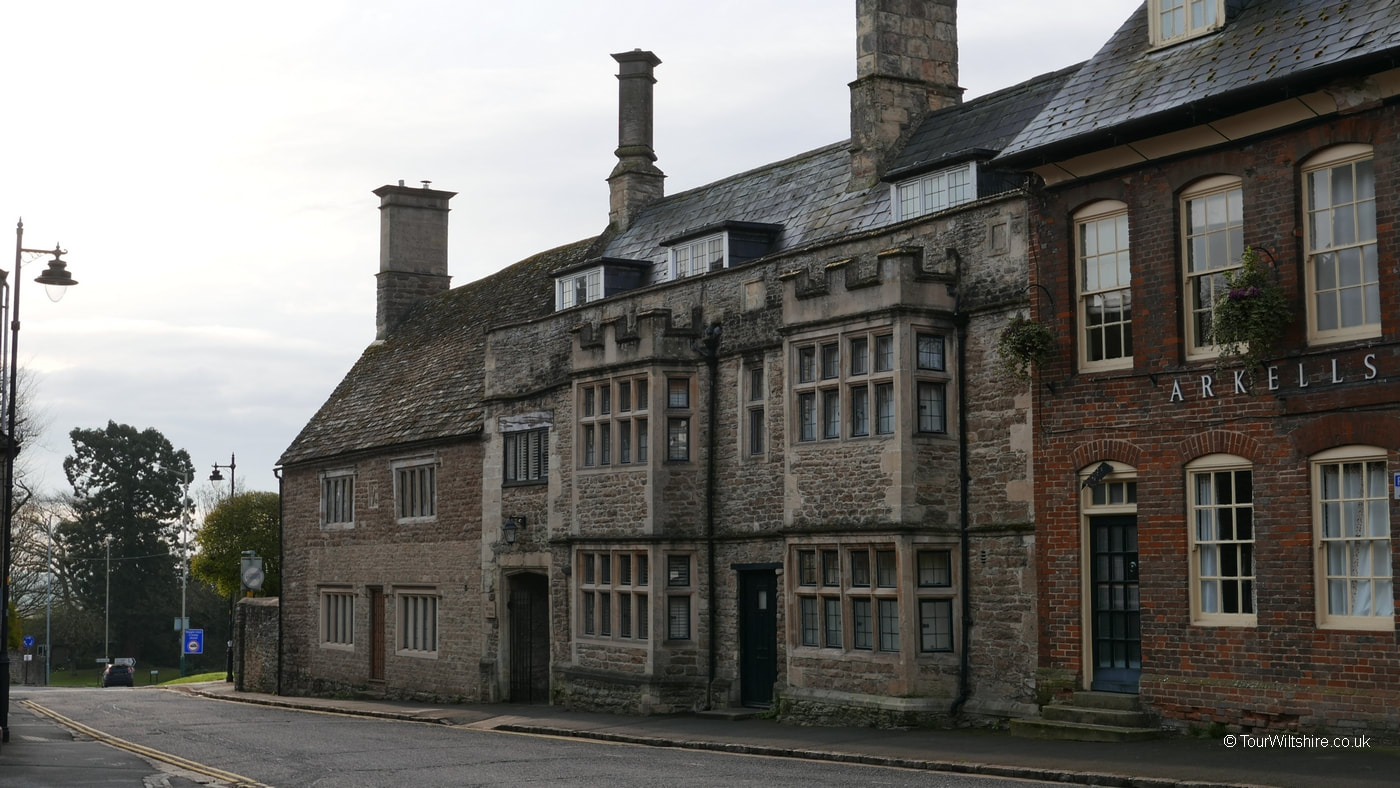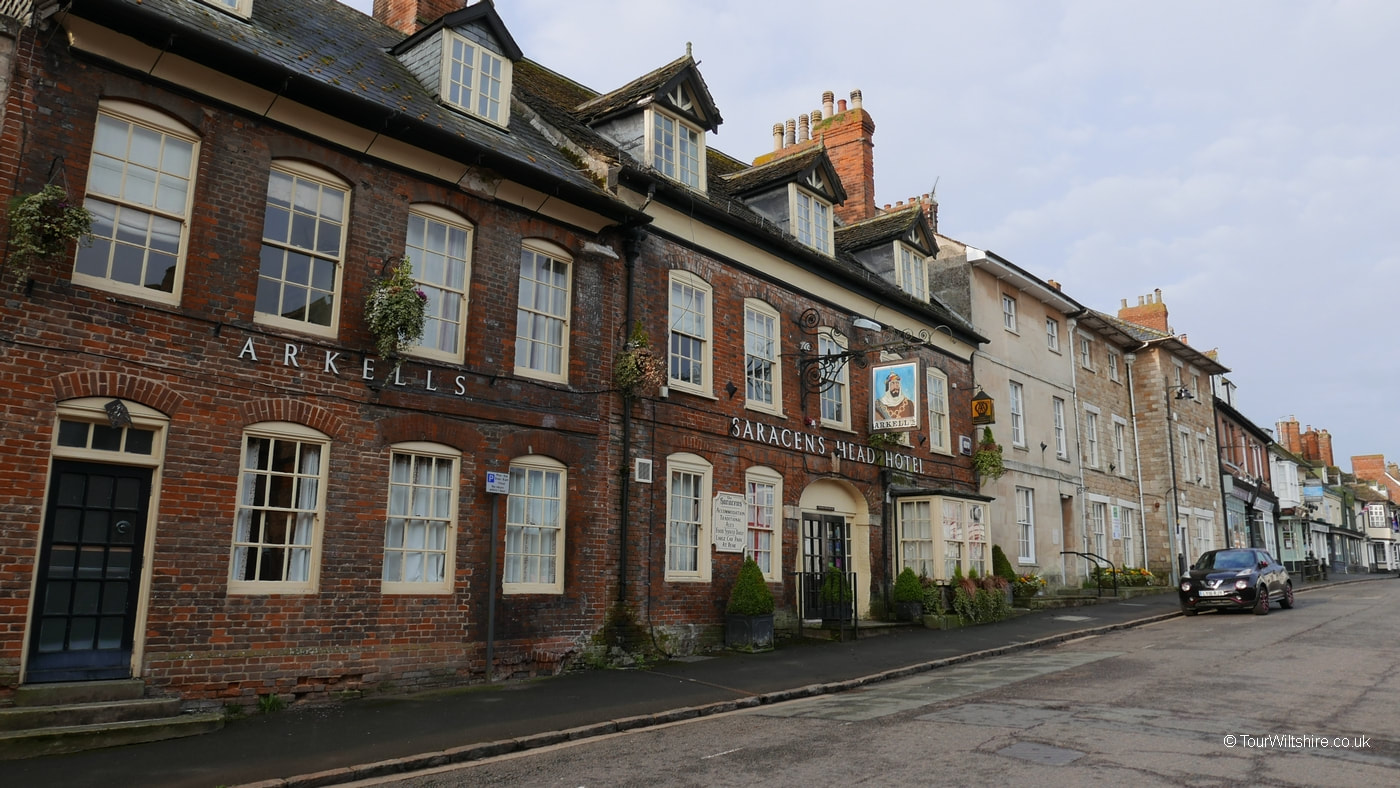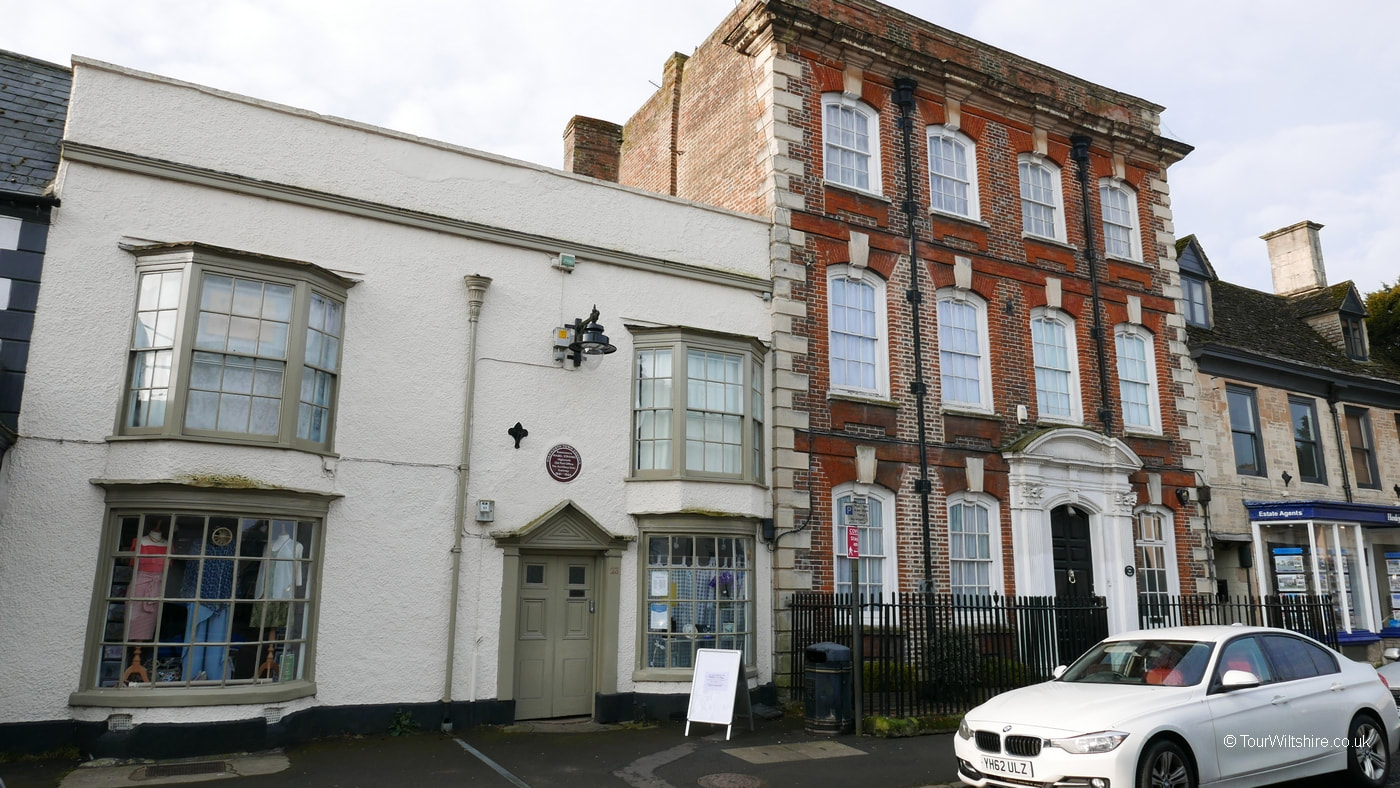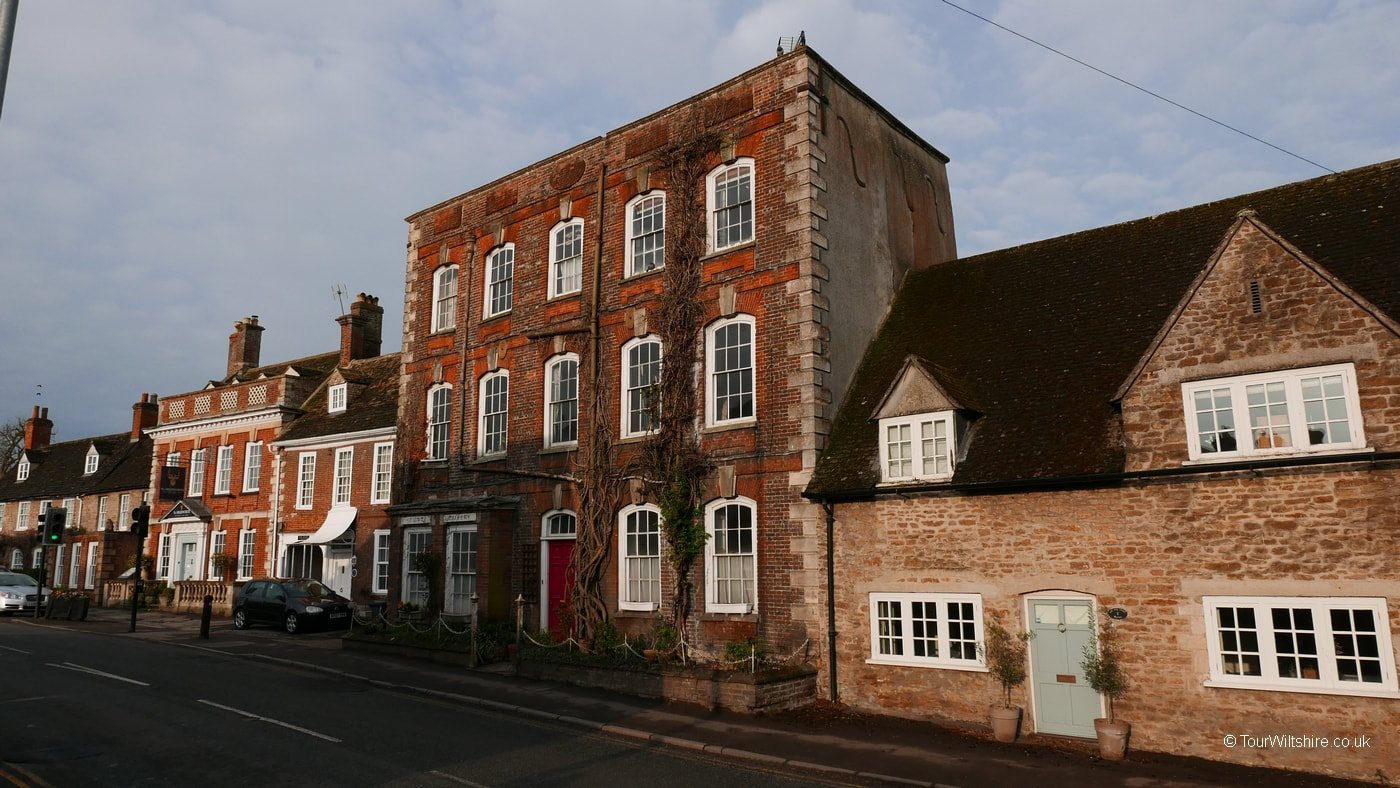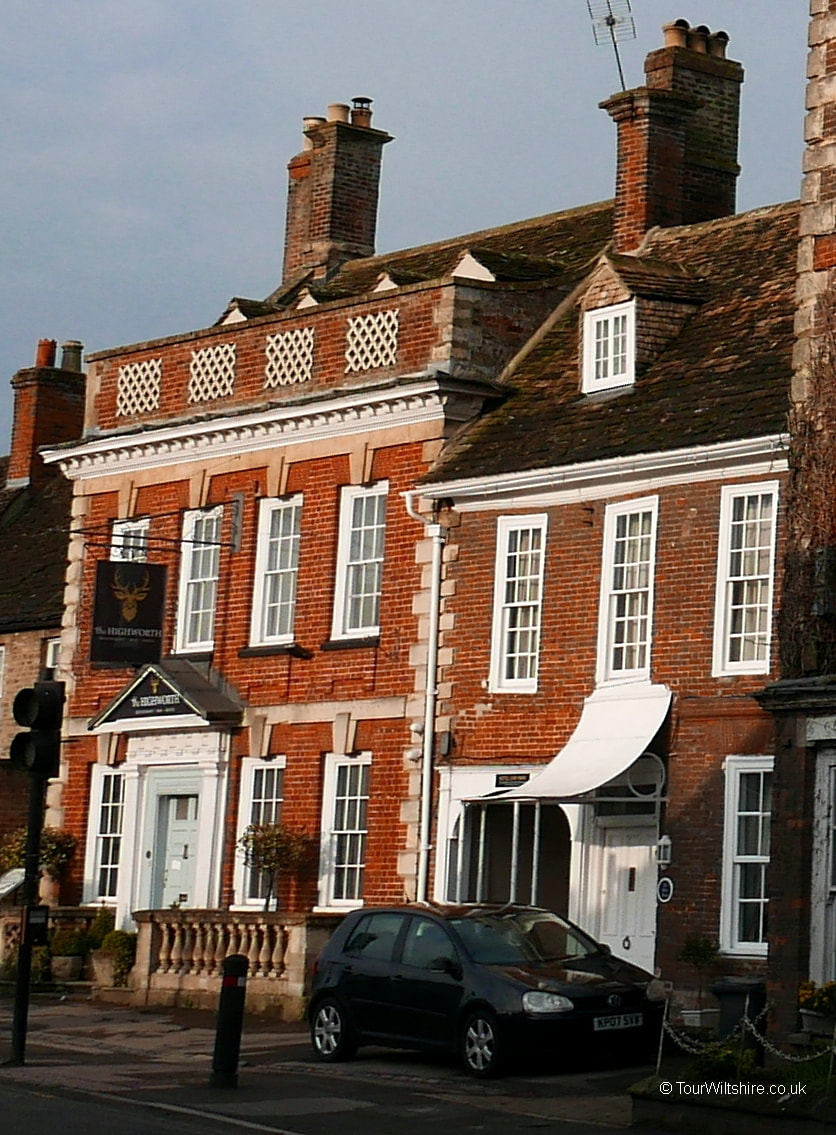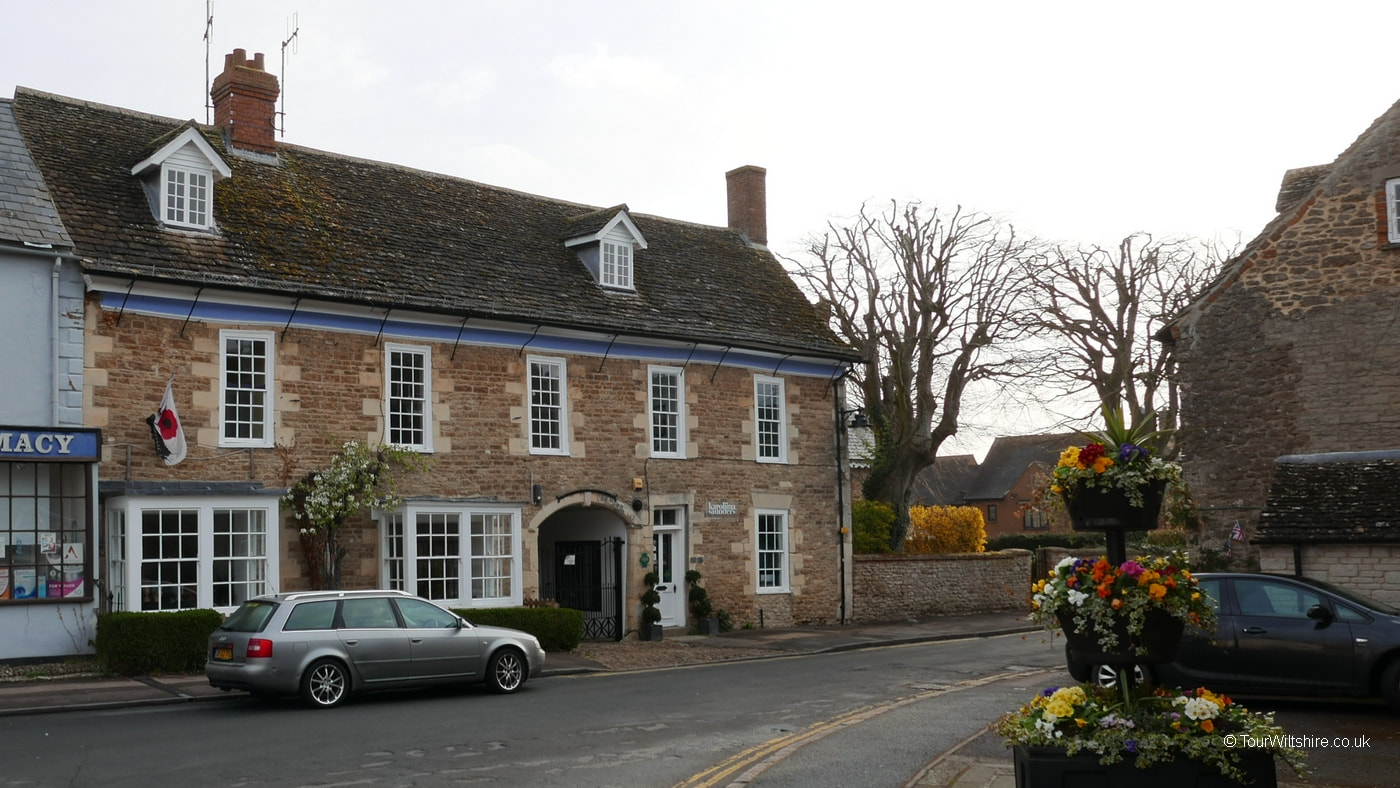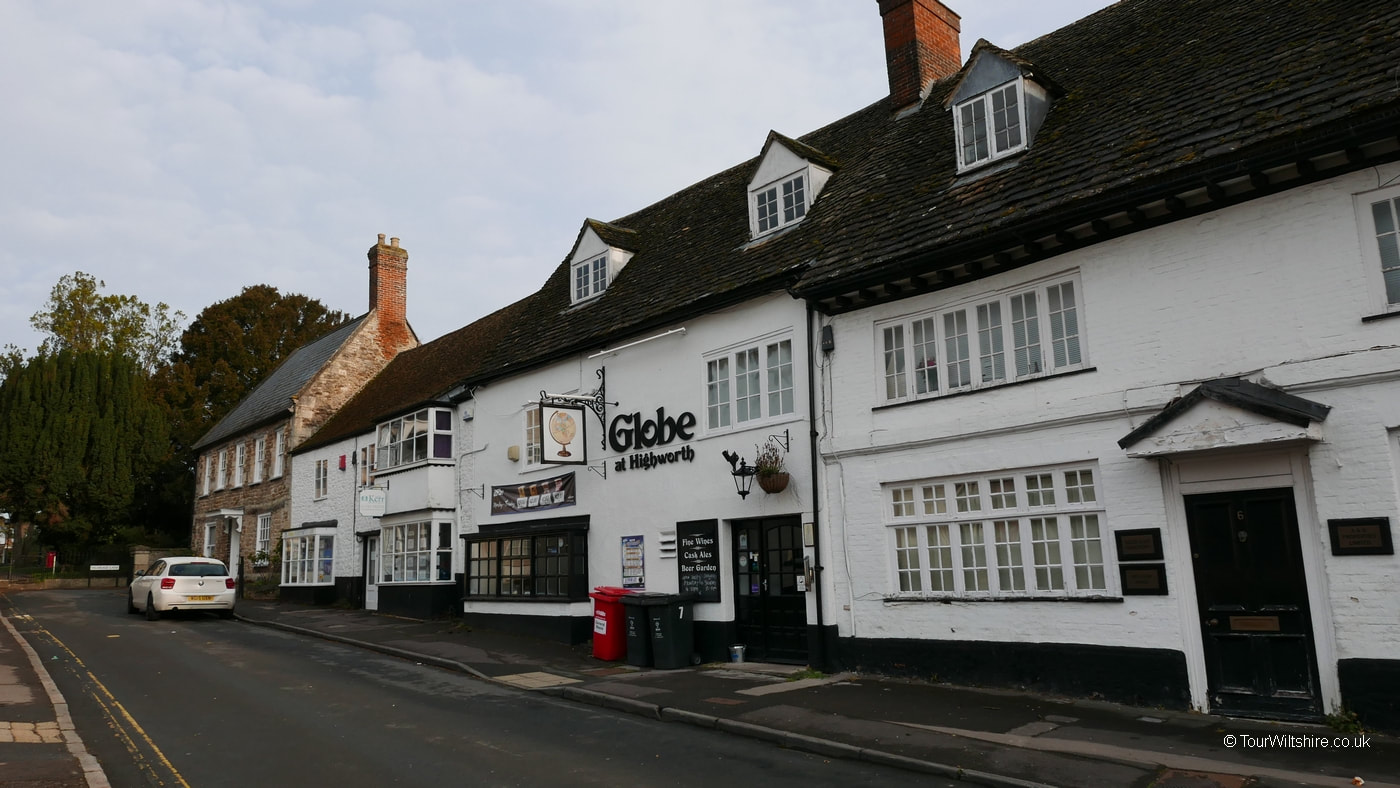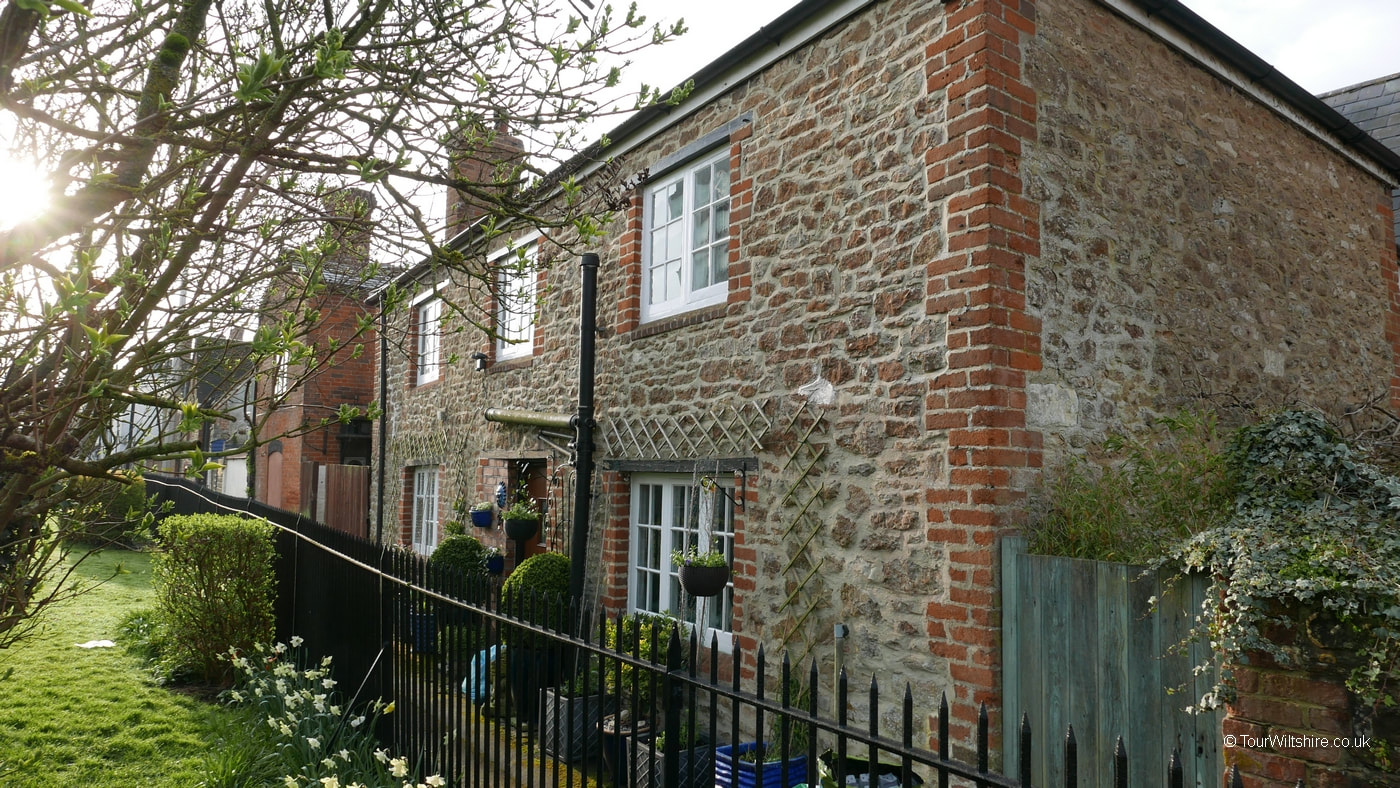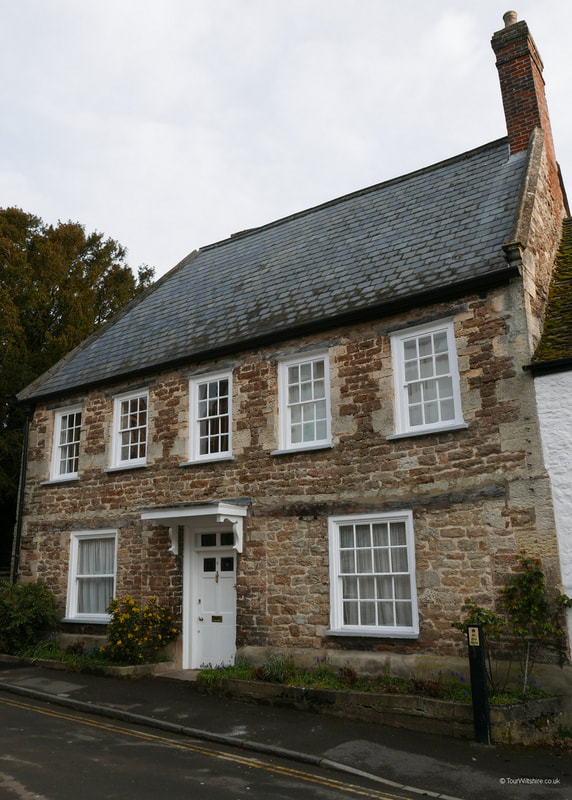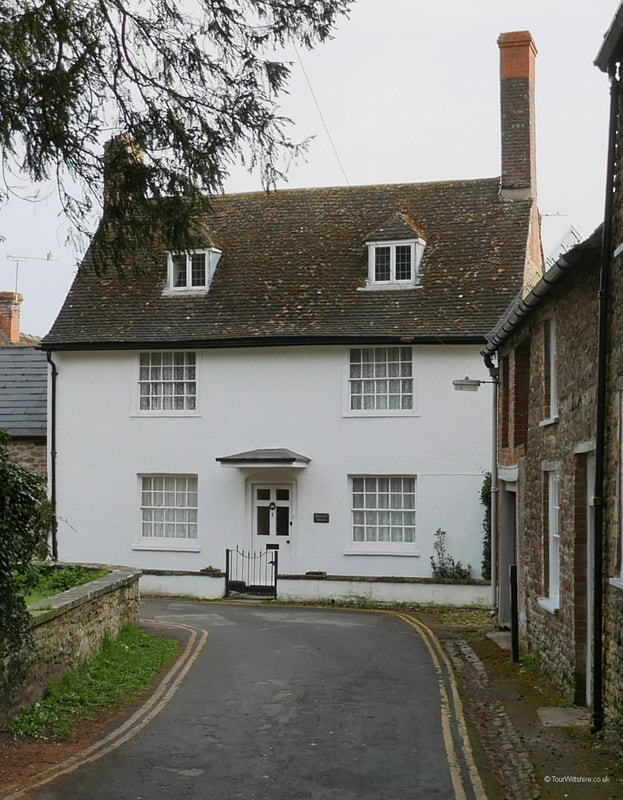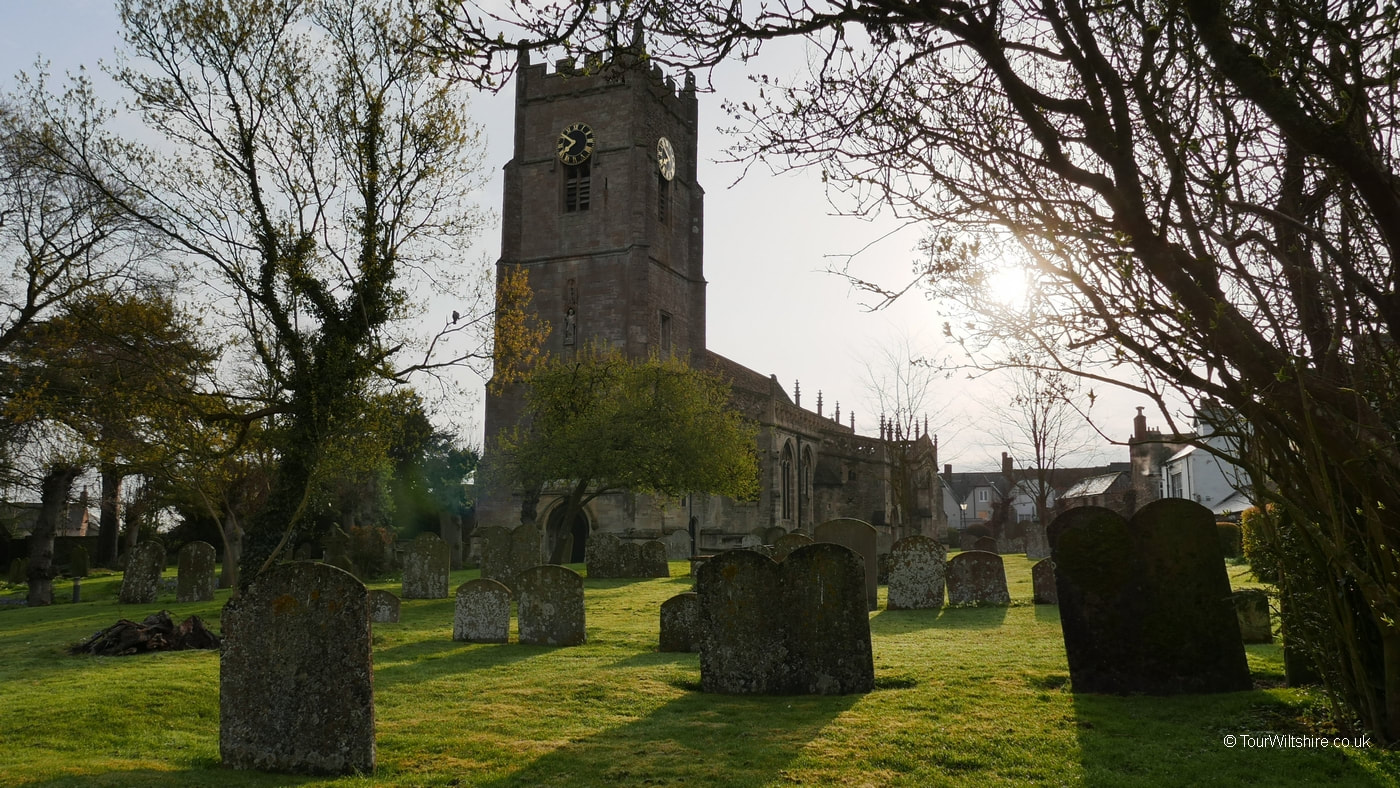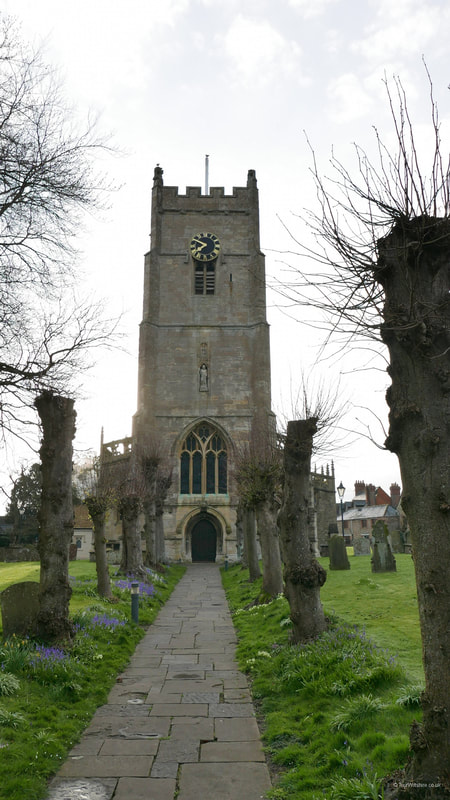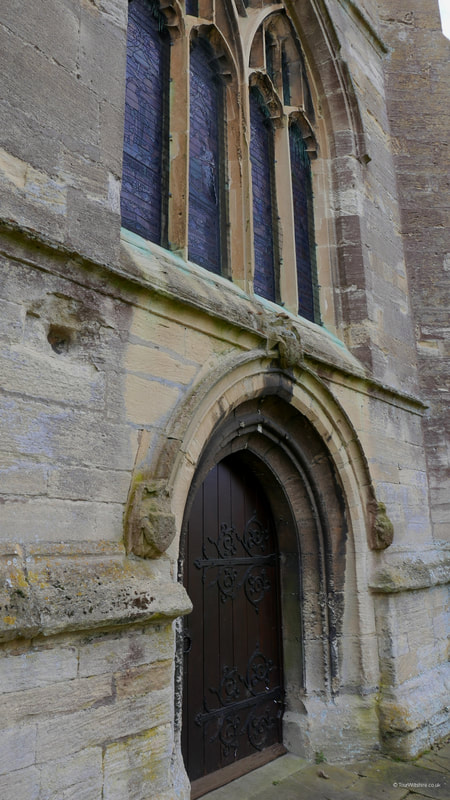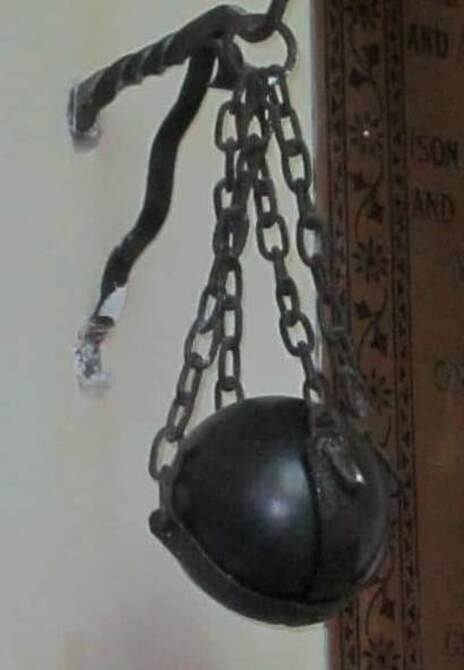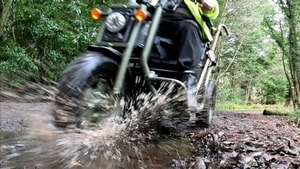⭐⭐⭐⭐
Highworth, Wiltshire
When researching whether I want to visit a town or village one of the first things that I do is look to see how many Listed buildings there are, and what the concentration is like. If there are a goodly number but they are dispersed amidst modern buildings it likely will not be of interest to me, or, maybe, you. Unfortunately modern architecture, and by that I mean since the Second World War, mainly since Edwardian times, is generally aesthetically poor architecture. There are, of course exceptions, but there are no exceptions when it comes to whole streets in the centres of villages and towns. I invite challenge to this, though the sentiment that many towns are spoiled seems to be echoed by no less than the former poet laureate John Betjeman who wrote 'Highworth is extraordinary because it has more beautiful buildings than ugly ones. When I am abroad and want to recall a typically English town, I think of Highworth.' (First and Last Loves - John Betjeman, 1952). This may sound pompous but I write this as someone who has lived in a beautiful Listed Georgian house, which leaked heat like a seive, had three flights of stairs, rotting window frames, and no parking, and, understandably, was governed by restrictive legislation, but now, older and infirm, choose to live comfortably in a bungalow, something which, as a younger man, I could never imagine doing. My former home, I'm sure, is still much admired, but nobody comes to see our current home who doesn't know us. Both have their place, this website is just about places we'd choose to visit, and Highworth is definitely one of those.
Highworth was a market town with agriculture being the main source of employment, by the middle of the 17th century Highworth's cattle market was the largest in Wiltshire. At the time of the first census in 1801 Highworth's population of more than 2,000 people was larger than that of nearby Swindon's, which only started growing, at the expense of Highworth's, from the 1840s. From 1840 until expansion began again in Highworth in the 1920s very few new buildings went up.
The Listed buildings in Highworth are concentrated in just two streets, the High Street, and Sheep Street, separated just by the Market Place, and with the cannon fire damaged Church of St Michael at one end. The damage was caused by Parliamentarians in 1645 when they overran the Royalist garrison in the town. The offending cannonball can be seen hanging inside the church, and the hole created by it can still be seen, unpatched, just above and to the left of the door which faces the war memorial. The church likely dates back to the 13th century, but was remodelled in the 15th century, it's Grade I Listed.
The High Street is not just unspoilt by ugly architecture it's unspoilt by having the main route through Highworth to the west, rather than through its heart, the shopkeepers and residents no doubt breathe, literally, a sigh of relief. Sheep Street is also unspoilt. The architecture of both houses and shops in these two streets, and at the traffic light junction with Swindon Road, appear to date predominantly from the 17th and 18th centuries. However with few records, and the homes of wealthier people often having been refronted during the Georgian period, it can be difficult to know without experienced internal inspection. The oldest known house is The Manor House, at the east end of the High Street, this dates back to the 15th century, there is also evidence at the back of other properties, in this and Sheep Street, being earlier than they appear at the front. Either way in both the High Street and Sheep Street almost all properties are Listed, Grade II, for their architectural merit, The Old Manor House, being Grade II*, and the church at the other end, being Grade I, are the exceptions.
With Swindon town centre being just 7 miles away there are few shops in Highworth. In the centre there is a delicatessen and a hardware shop, and there are the King and Queen Inn, and the Globe. All important public toilets can be found in the car park at the eastern end of the High Street.
Highworth was a market town with agriculture being the main source of employment, by the middle of the 17th century Highworth's cattle market was the largest in Wiltshire. At the time of the first census in 1801 Highworth's population of more than 2,000 people was larger than that of nearby Swindon's, which only started growing, at the expense of Highworth's, from the 1840s. From 1840 until expansion began again in Highworth in the 1920s very few new buildings went up.
The Listed buildings in Highworth are concentrated in just two streets, the High Street, and Sheep Street, separated just by the Market Place, and with the cannon fire damaged Church of St Michael at one end. The damage was caused by Parliamentarians in 1645 when they overran the Royalist garrison in the town. The offending cannonball can be seen hanging inside the church, and the hole created by it can still be seen, unpatched, just above and to the left of the door which faces the war memorial. The church likely dates back to the 13th century, but was remodelled in the 15th century, it's Grade I Listed.
The High Street is not just unspoilt by ugly architecture it's unspoilt by having the main route through Highworth to the west, rather than through its heart, the shopkeepers and residents no doubt breathe, literally, a sigh of relief. Sheep Street is also unspoilt. The architecture of both houses and shops in these two streets, and at the traffic light junction with Swindon Road, appear to date predominantly from the 17th and 18th centuries. However with few records, and the homes of wealthier people often having been refronted during the Georgian period, it can be difficult to know without experienced internal inspection. The oldest known house is The Manor House, at the east end of the High Street, this dates back to the 15th century, there is also evidence at the back of other properties, in this and Sheep Street, being earlier than they appear at the front. Either way in both the High Street and Sheep Street almost all properties are Listed, Grade II, for their architectural merit, The Old Manor House, being Grade II*, and the church at the other end, being Grade I, are the exceptions.
With Swindon town centre being just 7 miles away there are few shops in Highworth. In the centre there is a delicatessen and a hardware shop, and there are the King and Queen Inn, and the Globe. All important public toilets can be found in the car park at the eastern end of the High Street.
|
|
|

